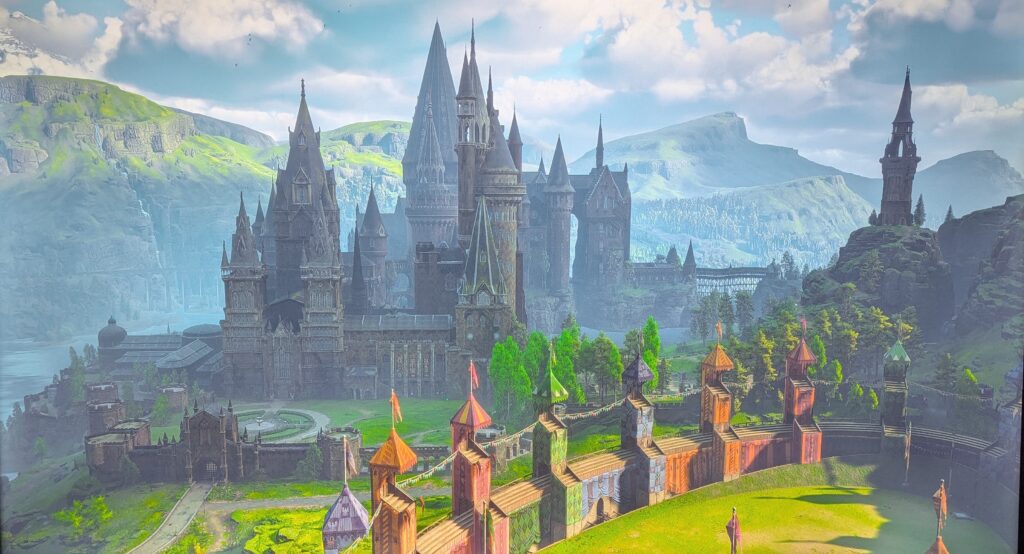With The Accountant 2 releasing to theaters, I took the chance to watch the first movie and enjoyed it. Wolff, the protagonist, is a high-functioning autist with a talent for math and numbers. However, as we learn in flashbacks, Wolff’s father, an Army officer, has trained him (or abused him) to be a martial artist and gun expert. Wolff’s accounting office in a backwater strip mall is a cover for his business with mafia-type clients.
I’m interested to look at Wolff’s character. He will have certain traits common to autists: sensitivity to bright light, loud noise, and touch. He is compelled to complete tasks. These behaviors will be the first thing we notice about him; finding his Enneagram becomes more difficult because we need to look beyond his autism. The showrunners — writer, director, and actor, Ben Affleck — must give us a complete person and not rely solely on his neurodiversity. Did they?
He’s physically competent. I don’t know if that makes him a Body Type, though. His father basically forced him to learn. What we do see is a determination of will in him. He won’t quit when he’s a child, and he won’t abandon his mission when he’s an adult. This is possibly a Nine’s sense of justice.
Although he longs to connect socially with other people, Wolff doesn’t seem like a Heart Type. We briefly meet a girl, Justine, at the medical facility who has a very difficult time with stimuli. Yet we can feel how strongly she wants to connect with others. This character feels like a Heart Type to me. Although she and Wolff are both autists, they handle the world differently.
I also wonder if people immediately assume that an autist with a mathematics gift is going to be a Head Type? Nothing about Wolff leans into that. Partly, the casting of Affleck, a large man, stops that. Typically a Head Type would be a smaller, slighter man. Also, Wolff processes the world physically rather than mentally.
You know, I started out with a Nine and I think I’ll end up there. I’ve never delved into Affleck’s roles, but at a glance he seems to always play a Nine. Think Batman and Good Will Hunting. Some actors, even the great ones, will settle into a niche. Spencer Tracy is beloved for it. I have no problem with an actor who knows his sweet spot. This is an action movie with an interesting backstory. Casting someone who reliably plays a Nine is good business, and it works. The movie is entertaining.
But it wouldn’t work as well without Wolff’s brother. We’ll need to take a look at his character, too, on another day.

